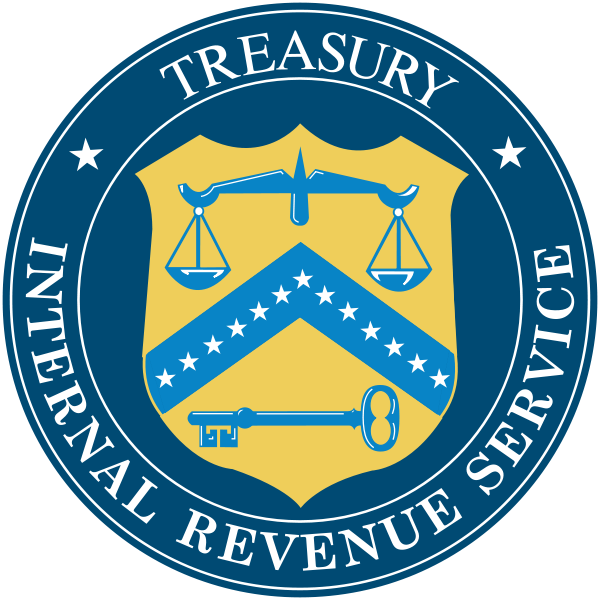Copy of the “Tax Cuts and Jobs Act,” a 1,097-page Republican tax bill, including 503 pages of legislative text (picture by Daniel Acker/Bloomberg).
The new tax laws have both experts and amateurs pouring over the details as the upcoming tax season dawns. For real estate owners, however, there’s one surefire boon: bonus depreciation.
Under the prior law, there was a 50% bonus depreciation for property placed in service in 2017, 40% for 2018, and 30% for 2019. Qualified property has to be new, not used.
Under the new law, there’s 100% bonus depreciation for property placed in service after Sept. 27, 2017, and before 2023, 80% for 2023, 60% for 2024, 40% for 2025 and 20% for 2026. The acquisition date for property purchased with a written contract is the date of the contract.
Qualified property includes property acquired by purchase if a taxpayer has not previously used the property, so the property does not have to be new, as long as it’s not acquired from a related party. A qualified property does not include property used in a business that is not subject to the net business interest expense limitation (see below), but it does include property used in farm business. The law also adds a new category for qualified film, TV, and live theatrical production property. Taxpayer can elect a 50% bonus for 2017.
Section 179 expensing has also increased to include roofs, HVAC systems, fire protection, alarm systems and security systems, with the allowable expense increased from $500,000 to $1,000,000 in 2018, and the phase-out deduction increased to $2.5 million. These rules now include tangible personal property acquired for rental properties, furniture and appliances.
Potential losses of prior credits include:
Interest deduction limitation: Interest is now limited to 30% of a business’s adjusted taxable income, with the exception of businesses with average annual gross receipts of $25 million or less. Real property businesses can opt out of the interest limitation if they elect the Alternative Depreciation System recovery period rather than MACRS, the Modified Accelerated Cost Recovery System. ADS recovery periods are 40 years for nonresidential property, 30 years for residential and 20 years for improvement property.
- State and local tax and property tax deduction: The exclusion of local income and sales tax deductions is for non-corporate taxpayers. There is also a $10,000 limit for deductibility of property tax which applies to individuals not businesses.
- Net operation loss limitation: Under prior law you could deduct up to $500,000. The limit would be reduced dollar-for-dollar if $2 million in property was placed in service during year. Under the new law, you can deduct up to $1 million starting in 2018. The limit is reduced dollar-for-dollar if $2.5 million in property is placed in service during year. The new law also adds tangible property used for lodging (beds and other furniture for hotels and apartments) and an election for roofs, HVAC property, fire protection and alarm systems, and security systems for nonresidential real property placed in service after the date the real estate was first placed in service. The provisions are effective for property placed in service in 2018.
All things considered, the Tax Cuts and Jobs Act will provide significant tax savings for the majority of businesses given an overall reduction of tax rates and increased bonus and Section 179 deductions. Real estate owners should seriously consider projected revenue, tax liability and the application of accelerated depreciation to take advantage of these increased expenses on all acquisitions.

